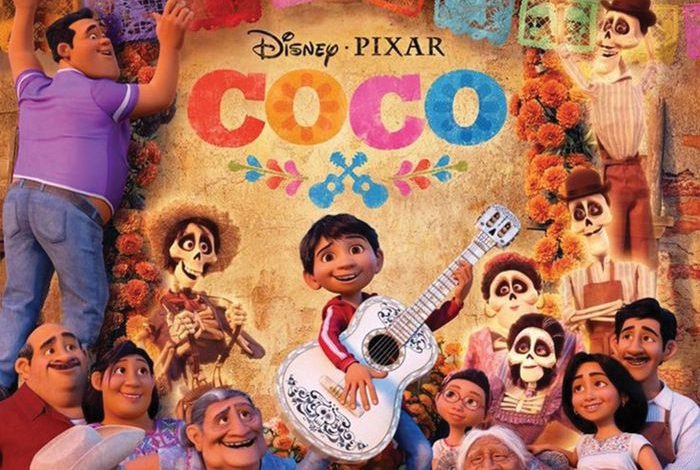The Pinnacle of CGI – Coco (2017)


Film Review
What a better time to write about a cartoon. As a Pixar fan since the day I first saw ‘Wall-E’ in the cinema, I have to say that ‘Coco’ represents an evolution of animation rendering it to heights unseen before. And what better time to write about a cartoon stressing on traditions than now during this festive season.
Although it may not have demonstrated any specific breakthrough in the technical side of things, it sure has demonstrated the extent computer-generated imagery (CGI) has developed over the years. The fine details in each individual pixel make the animation seems so lifelike yet unrealistic in its colour saturation – or is this too much of an oxymoronic statement?
I am no expert in the arts of cinematography, however, it does not take a graduate of Film Studies from Harvard University to appreciate the vast amounts of emotionalism that each frame represents and what it invokes in viewers. However, the real deal starts when you explore the themes and implicit aspect of things – raw.
The story is set during the Day of The Dead, a Mexican tradition whereby the bridge between life and death opens up to allow the dead to walk amongst the living – very similar to Qin Ming. A young boy named Miguel, who stars as your typical town kid who has high dreams but is often neglected by his family, makes the trip backwards and travels from the living to the dead; without dying. This may be a subtle nod to theories of the metaphysical and the spiritual which is developed gradually throughout the movie via his organic degradation from boy to bones. Believe me, this is a child-friendly movie and is highly recommended for kids.
In the physical world, he belongs to a generation of established shoemakers that operate in the Mexican village of Santa Cecilia – the family name being “Rivera”, which is also their brand name. Just like any business, his family expects him to follow in their footsteps. However, this is a path he chooses not to follow, and a tradition he does not live up to. As an aspiring musician, his story begins as a tug-of-war between two belligerents: a long generational-ban on music by his family due to a sour history and his ambition to be like his idol, Ernesto De La Cruz, an accomplished musician and local hero.
The deliberate cultural overtone of the movie is mainly based on Mexican traditions that seem almost completely esoteric in nature, if you’re not of Mexican descent, however, trust me, it is exclusive as it is inclusive. If you look at it in a bigger picture (you’re meant to be), you’ll realise that this will strike you in a personal and, perhaps, even psychological level.
The screenplay highlights the struggle we had and still have as growing youngsters and adults to wrestle against the ideals that our parents and those before them have set upon us – the ones which we may oppose like, you know, early bedtimes!
This is the beauty of the animation that cleverly represents the importance of family and its rules and traditions against the backdrop of an ever-increasing youth resistance – one which may end with only good or bad circumstances.
The reason for the curbing of this musical endeavour that stretches over four generations by his family is due to the wrongful doings of the man that represented the face of music and unfortunately, toxic masculinity – Ernesto De La Cruz –a highly successful musician and actor who turned out to be a liar and murderer.
What is really saddening is the fact that Hector, the lonely and forgotten ghost whom Miguel met (eventually revealed as his great-great-grandfather) was wrongly accused of something he did not, at least not intentionally, do. What ties him with Ernesto De La Cruz is a lifetime (or deadtime) of conspiracy, murder and betrayal of two best friends that, ultimately, led to Hector’s dire consequence and untimely demise via poisoning – both representing the yin-and-yang in which Miguel must pursue to understand and acknowledge for his own self-actualisation.
Surprisingly, the movie’s title ‘Coco’ is actually the name of Miguel’s great-grandmother; whom each character essentially revolves around. As an old and crippled wheelchair-bound lady, battling both dementia and age, she was nothing more but a vegetable. She is brought to life when Miguel plays ‘Remember Me’, a song specially composed by Hector himself for her just before he left on that fateful day. This phenomenon became the left high-kick that knocked the family’s tradition that bans musical expression out of existence.
‘Coco’ may not be at the pinnacle of animations nor the magnum opus of Pixar, but it still connects us and stirs up a pot of emotions in us. It is indeed relevant in our lives and beyond.
I grade it a 10/10 and I urge all families to go see it with your kids.
Jack Foo


